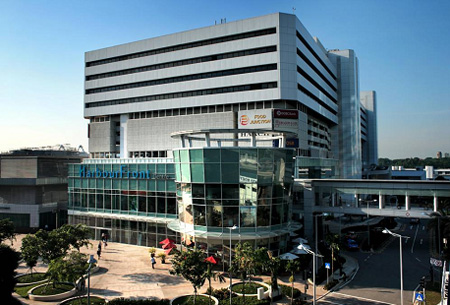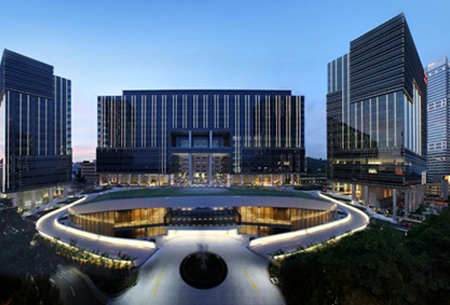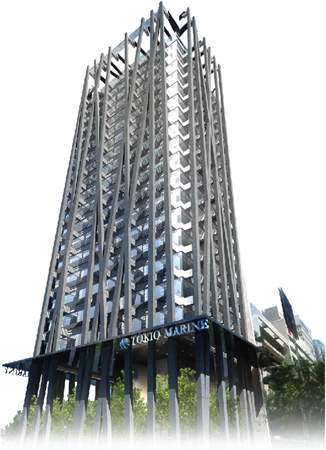All four Singapore entries to the ASEAN Energy Efficient Building Competition emerged winners at the ASEAN Energy Awards 2012. The awards, in three out of the five categories of the Competition, also saw Singapore's entry for cutting-edge technologies score as one of the three ASEAN winners.
The ASEAN Energy Awards, launched in 2000 by the ASEAN energy sectoral, recognises the efforts of organisations and businesses in ASEAN for implementing energy efficiency practices and innovatively incorporating the use of renewable energy in their projects.
The ASEAN Energy Awards 2012 was held during the Gala Dinner of the 30th ASEAN Ministers on Energy Meeting (AMEM) on 12 September in Phnom Penh, Cambodia. Singapore's entries further reinforce the efforts by the Building and Construction Authority (BCA) to continuous improve energy efficiency in Singapore's building sector.
Furthermore, the Energy Market Authority (EMA), National Environment Agency (NEA) and other agencies of the Energy Efficiency Programme Office (E2PO) continue the Whole-of-Government effort to raise awareness, build capabilities and incentivise organisations in adopting energy efficiency solutions.
In this regard, EMA would like to encourage more businesses and organisations that have implemented innovative solutions to improve energy efficiency and participate in next year's ASEAN Energy Awards. In addition, discussions on innovative energy efficiency practices will take place at the upcoming Singapore International Energy Week being held from 22 to 25 October 2012.
The Singapore winners of 2012 ASEAN Energy Awards are:

HarbourFront Centre
Award: Winner Energy Efficient Building--Retrofitted Category
Raising the bar for: Achieving energy savings of about 6.3 million kWh/year, which is more than 30 percent of "landlord" annual energy consumption. HarbourFront Centre attained this by consolidating two previously separate chiller plants into a single chilled plant. As a result, the average chiller plant system energy efficiency improved from about 1.00 kW/RT to 0.65 kW/RT.

Mapletree Business City (MBC)
Award: 2nd Runner-Up Energy Efficient Building--New and Existing Category
Raising the bar for: A combination of energy-efficient strategies upped the stakes. The unique air-conditioning piping and equipment layout design, waste energy recovery for air-conditioning, heating pool and hot water services, as well as effective use of natural ventilation for the carpark space enabled MBC to achieve more than a 30 percent reduction in energy consumption when referenced to a similar building energy consumption.

Passive Displacement Ventilation (PDV) For BCA Zero Energy Building
Award: Winner Energy Efficient Building--Special Submission Category
Raising the bar for: The climate of all ASEAN countries is tropical, ie warm and humid all year round. As such, the airside system will have to cool and dehumidify the space all year round. The PDV system, being a zero energy airside cooling system, is especially relevant to the ASEAN region. The PDV system has been engineered to work with a chilled water system or Unitary Direct Expansion (DX) system, which is prevalent in many ASEAN countries. This would result in energy savings of between 10 and 20 percent of the total building energy.

Award: 1st Runner-Up Energy Efficient Building--New and Existing Category
Raising the bar for: Increasing the chiller plant energy efficiency by 40 percent. This has enabled Tokio Marine Centre to be the first office building awarded the BCA Green Mark Gold Plus Award. It is also the first building in Singapore to have the highest efficiency of 0.55kW/RT using HFC refrigerant chillers.